A smoke absorber machine, also known as a smoke extractor or fume extractor, is a device designed to remove and filter airborne contaminants, particularly smoke and fumes generated during various industrial or electronic processes. These processes may include soldering, welding, laser cutting, 3D printing, and other activities that produce harmful fumes or particulate matter.
Here are some common features and components of a typical smoke absorber machine:
- Fan and Motor: The core component responsible for drawing in the contaminated air. The fan creates a suction force that pulls the air through the system.
- Filter System: Smoke absorbers typically employ one or more filters to capture and remove particles and contaminants from the air. Common filter types include:
- Pre-filter: Captures larger particles and prevents them from clogging the main filter.
- Main filter: Removes smaller particles and fumes. The type of main filter may vary depending on the specific application, such as HEPA filters for fine particulate matter or activated carbon filters for gas and odor removal.
- Activated Carbon Filter: Often included in smoke absorbers to absorb and neutralize harmful gases and odors produced during industrial processes.
- Adjustable Arm or Nozzle: Smoke absorbers usually have a flexible arm or nozzle that can be adjusted to direct the suction precisely to the source of the smoke or fumes.
- Hood or Enclosure: Some models may include a hood or enclosure that surrounds the work area to contain and extract fumes more effectively.
- Variable Speed Control: Allows users to adjust the suction power based on the intensity of the fumes or the specific requirements of the task.
- Indicator Lights or Alarms: Some models feature lights or alarms to indicate when the filters need to be replaced or when the airflow is restricted.
- Portability: Many smoke absorbers are designed to be portable, allowing users to move them easily between different workstations.
Smoke absorber machines play a crucial role in maintaining a safe and healthy working environment by reducing the exposure to harmful airborne contaminants. They are commonly used in electronics manufacturing, soldering stations, laboratories, and various industrial settings where processes generate smoke, fumes, or particles that can pose health risks to workers.



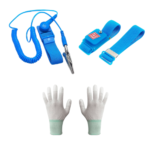

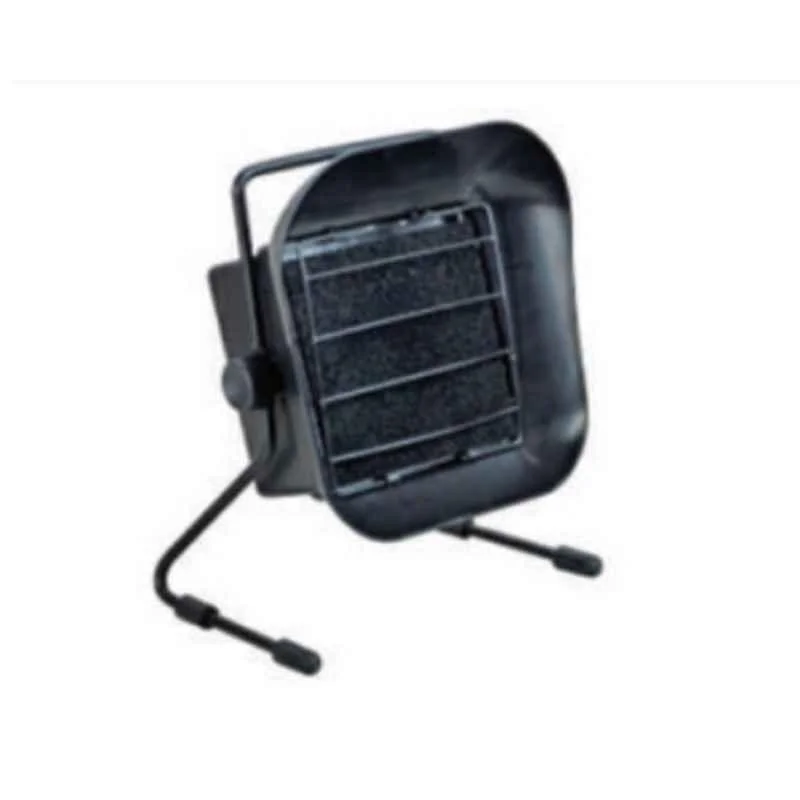
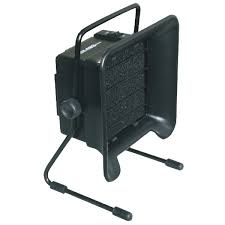
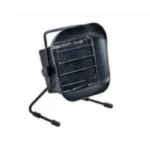





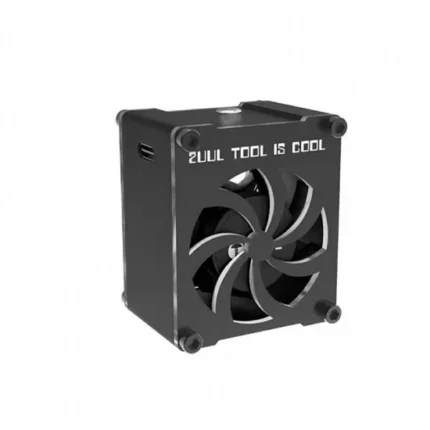





















Rob –
I purchased the version on the arm vs the stationary one and am happy with that decision. That’s not to say that the stationary one may suit another’s needs just as well. Someone online made a bracket for the stationary one that allowed it to be tilted and moved about on the desktop.